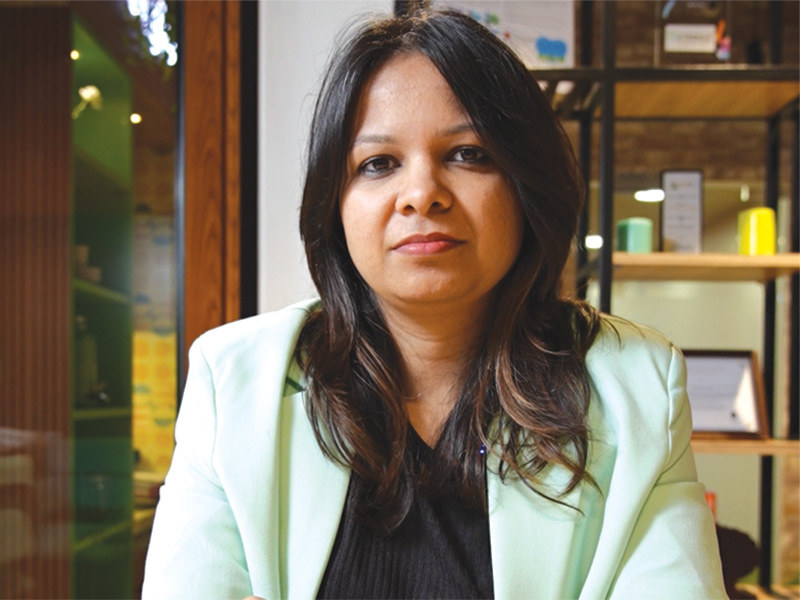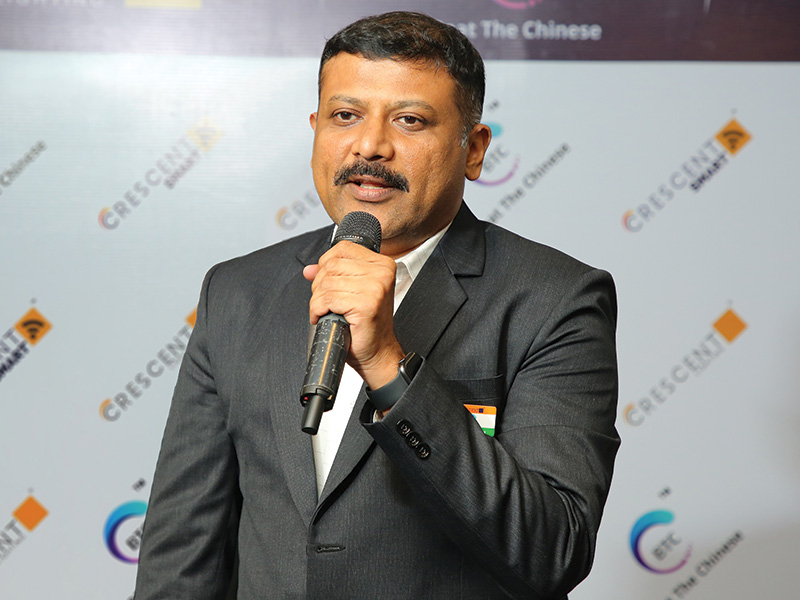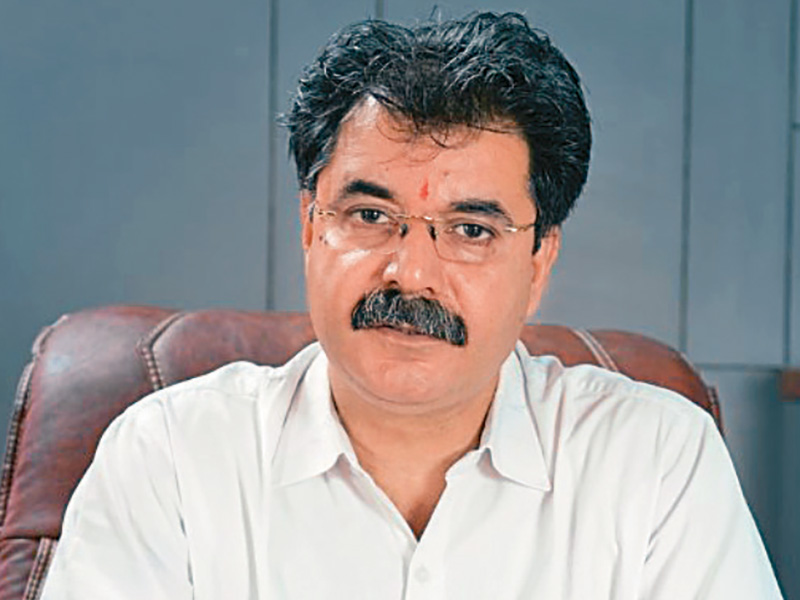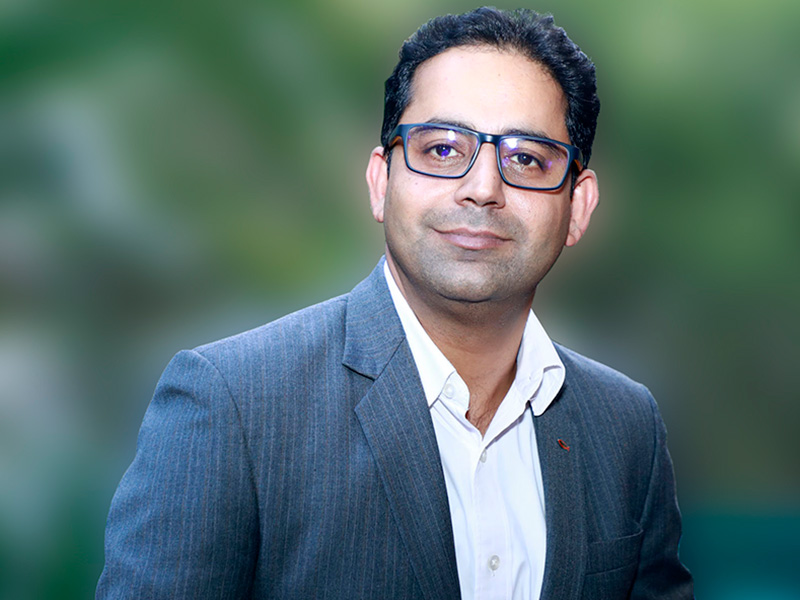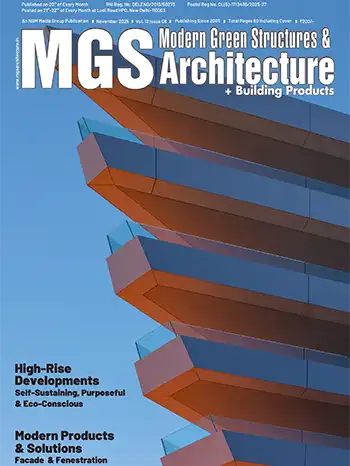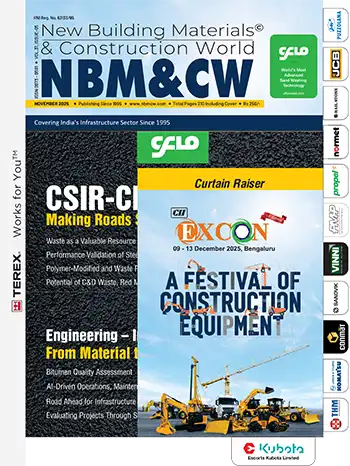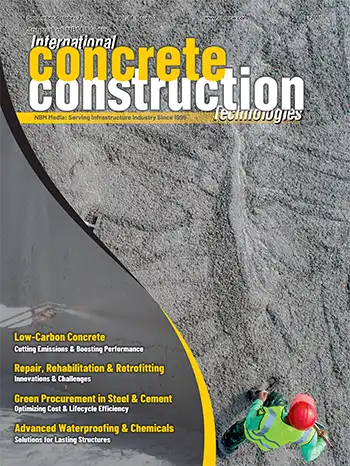
What innovative approaches does the University take to integrate design education into its architecture curriculum?
Anant National University has a Foundation Year wherein all the students undertake subjects together and are taught by experts in Design as well as Architecture. The processes used for Design and Architecture are similar as they research the context and find a gap to address the need with a standpoint to arrive at an architectural definition.They also do a Collaborative Studio where all the students from design and architecture collaborate to address a given problem. They also share their elective courses which allow them to work in collaborative groups and thus embark on a journey that addresses solutions with the discipline of design. A big part of the curriculum includes community immersion and finding real world solutions to the problems faced by us.
How does the architecture program at Anant National University address the growing demand for sustainable architecture practices?
The curriculum introduces important theoretical and practical aspects in the formative years concerning site, topography, sun direction, and wind movement, which are key aspects to pursue passive design methods in architecture. We advocate the significance of passive methods to realise sustainable architectural designs. These methods are reiterated in the design studio project. The subjects concerning material and construction techniques also incorporate vernacular materials and modern construction techniques as an important part of the curriculum. The wide array of passive and active sustainable practices is also discussed in the history course.All this knowledge successfully informs all design projects, primarily the thesis projects, where students choose topics around the idea of biophilic architecture, bio-climatic skyscrapers, energy efficiency in high-rise buildings and net zero buildings, to name a few.
Lecture sessions that emphasize the relationship of theory and practice in architecture play a key role in strengthening the industry-academic collaboration.
Prof. Snehal Nagarsheth
What opportunities does the University provide for students to engage with real-world projects and communities to understand the practical applications of sustainable architecture principles?
Related Study Programmes (RSP) conducted once every year are a crucial part of the curriculum. These visits are on-ground, research-based, and include week-long community-oriented visits to places across the country where detailed documentation of heritage structures or indigenous communities is conducted.The documentation, conducted via measure drawings, photo and video documentation and interviews, allows the students to witness first-hand the sustainable community practices in architecture that concern the use of local materials and natural resources, construction techniques, indigenous methods of climate control, and sustainable practices. For example, given the pressing issue of reducing groundwater levels and the massive shortage that the world is plagued with, the last two RSPs have been dedicated to the documentation of water structures across the country; teaching the students sustainable ways of conserving water; and realising the importance of indigenous practices that can help solve this global issue.
Please share insights into the University’s efforts to incorporate digital technologies and tools into the architecture curriculum to enhance design education.
Incorporating digital technologies and tools into the architecture curriculum is an important aspect of strengthening design education in the constantly changing technological landscape. Anant National University has made significant progress in building an environment that recognises the potential impact these tools hold for architectural education. The curriculum offers students opportunities to participate in digital design studios and workshops that utilise current technologies such as parametric design, virtual reality (VR) and augmented reality (AR). These experiences empower students to delve deeper into their concepts in dynamic and interactive settings, fostering critical thinking skills. Through partnerships with other educational institutions, Anant students also explore working collaboratively through the metaverse.What initiatives does the University undertake to ensure that its architecture graduates are equipped with the skills and knowledge needed to address pressing environmental issues through architecture?
Anant organises hands-on workshops, software training, lectures, and site visits where students enhance their skills and knowledge to deal with environmental issues through architecture. Through partnerships with other academic institutions, industry partners, the government and non-governmental organisations, academic and industrial expertise is readily available to students with transdisciplinary exposure.The University also facilitates active student participation in national and international competitions and conferences like the Solar Decathalon India, where students develop net-zero-energy-water designs for real projects. The School of Architecture is also involved in consultancy projects where environmental concerns are a key aspect in the design. Students are involved in such projects to gain experience as environment-conscious and informed practitioners.







